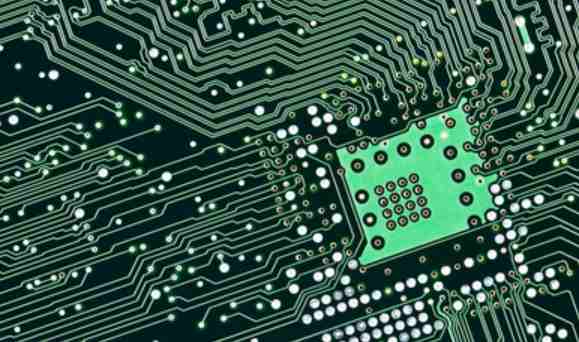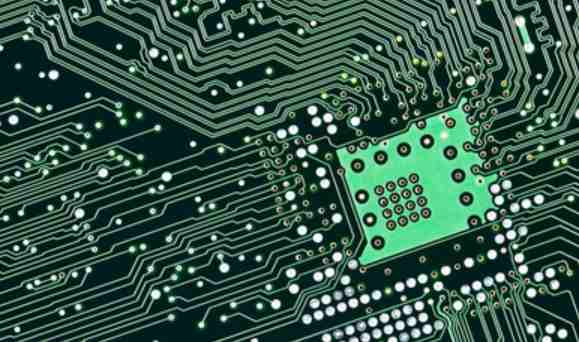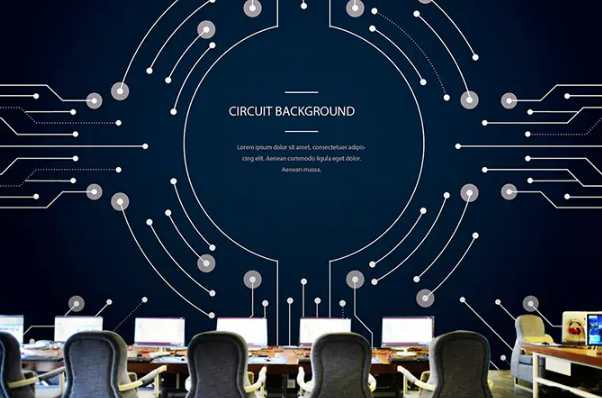
When hardware engineers first came into contact with multilayer PCBS, they involved common multilayer and HDI PCB boards. Now they use stereo graphics to show the internal architecture of pcb drawings of various laminated structures. Isn't that straightforward?
The core of the high-density interconnection board (HDI) is in the through hole
Multi-layer PCB line processing, and single layer and double layer no difference, the biggest difference in the hole process.
Lines are etched out, holes are drilled and then copper plated out, these do hardware development we all understand, do not repeat.
Multilayer circuit board, usually through the hole plate, first board, second board, second stack plate these several. Higher level such as the third level board, arbitrary layer interconnection board usually used very little, the price thief expensive, not to discuss.
Under normal circumstances, 8-bit single-chip microcomputer products with 2 layers of through hole plate; 32-bit single-chip level intelligent hardware, using 4-6 layers of through hole plate; Linux and Android level smart hardware, using 6-layer through hole to 8-layer first-stage HDI board;
Smart phone such compact products, generally use 8 layers of the first level to 10 layers of the second level circuit board.
Our most common through hole
There is only one perforation, from the first layer to the last layer. No matter the external line or the internal line, the hole is pierced. It's called a through-hole plate.
Through the hole plate and the number of layers does not matter, usually we use 2 layers are through the hole plate, and many switches and military circuit boards, do 20 layers, or through the hole.
The circuit board is drilled through with a drill and copper plated in the holes to create a path.

Note that the inner diameter of the through hole is usually 0.2mm, 0.25mm and 0.3mm, but generally 0.2mm is much more expensive than 0.3mm. Because the drill bit is too thin and easy to break, the drill is also slow. The extra time and drill costs are reflected in the rising price of circuit boards.
Laser hole of the lower high density board (HDI board)
This is a 6 - layer 2 - order staggered HDI board. Usually we use 6 layers of 2 less, most of the 8 layers of 2. There are more layers here, same thing as six layers
The so-called second order, there are two layers of laser holes.
The so-called wrong hole, is the two layers of laser holes are staggered.
Why stagger it? Because the copper plating is not satisfied, the hole inside is empty, so it can not be directly punched on the above, to stagger a certain distance, and then hit a layer of empty.
Six levels of second order is equal to four levels of first order plus two levels.
Eight levels of second order is equal to six levels of first order plus two levels.
Laminated plate, the process is complex and the price is higher
The two layers of laser holes in the staggered plate overlap each other, making the line more compact.
The inner laser hole needs to be electroplated and filled, and then the outer laser hole is made. The price is more expensive than the error hole.
Super expensive arbitrary layer interconnect board, multi-layer laser hole stack
Each layer is a laser hole, and each layer can be connected together. Line the line however you want, punch the hole however you want.
Layout engineers think about it! No longer afraid not to draw!
Purchasing just think about crying, more than 10 times more expensive than the ordinary through hole plate!
So, only products like the iPhone are willing to use. Other phone brands, no one has ever heard of using any layer interconnection board.
Let's finish with a picture and compare it more closely.
Note the size of the hole and whether the pad for the hole is closed or open
Crystal oscillator
1. Usually only oscilloscope (crystal oscillator needs to be powered up) or frequency meter test, multimeter can not be measured, otherwise can only use the substitution method.
2. Common crystal vibration faults are: a. Internal leakage, b. Internal open circuit c. Deterioration frequency deviation d. Peripheral connected capacitance leakage. There is a leakage of electricity. Tester > The VI curve of theta should be measured.
3. Two judgment methods can be adopted during the whole board test: a. During the test, the relevant chips around the crystal vibration are not passed. b. No other fault points were found except crystal vibration.
4. There are two common crystal oscillators: a. two legs. b. Four pins, the second pin is the power supply, pay attention to do not short circuit.
With the introduction of surface mount technology, automatic detection technology of circuit board is applied, and the packaging density of circuit board increases rapidly. Therefore, even for the density is not high, the general number of circuit board, circuit board automatic detection is not only basic, but also economical. In complex circuit board inspection, two common methods are the needle bed test and the double probe or fly needle test.
According to the characteristics of the material of the circuit board and a wide range of applications, in order to more effectively save volume and achieve a certain accuracy, so that the characteristics of three degrees of space and thin thickness better applied to digital products, mobile phones and laptops. Recommended for circuit board (FPC) testing instruments are MUMA200 all-aluminum alloy optical image measuring instrument, three-axis automatic optical image measuring instrument VMC250S, VMC four-axis automatic optical image measuring instrument, VMS series optical image measuring instrument and so on.









